Description
Product Model: ECU01.5
Product Brand: EMG (or EMG / EMG-Automation)
Product Series / Category: Control / Display Panel / Interface Unit
Product Features:
- Displays measured values and status, with inputs for analog/discrete signals
- Supports multiple operation modes: manual / auto / external / central control
- Relay outputs for alarms, shutdowns, control actions
- Compatible with legacy systems (RS-232, Modbus RTU) and field modular design
Technical Features & Benefits
The ECU01.5 panel is designed as an operator interface and monitoring module within industrial automation systems, especially in control cabinets or field enclosures. It bridges the gap between sensor-level analog or discrete signals and supervisory logic, offering display, control and alarm relay capabilities in a compact form.
One key strength is its versatile signal handling. The module can accept analog inputs (e.g. temperature, pressure, level) and digital status signals, then present them on its display panel. According to vendor listings, it can also accept “Voltage Raise / Lower inputs” tied to generator control systems such as EGCP-2 — adjusting voltage, VAR, or power factor depending on mode.
To effect control, the ECU01.5 includes relay outputs (Form C type) usable for control commands, alarms or shutdown signals. It handles I/O logic to interface with upstream systems or actuator circuits.
Another notable feature is mode switching: the unit supports multiple operation modes such as manual, center, automatic, and external control. This allows flexibility in how control logic flows—especially useful in systems where local override or manual tuning is needed.
On the communications side, the ECU01.5 is typically compatible with RS-232 / Modbus RTU protocols (especially in EMG systems), enabling it to integrate with process controllers or data acquisition systems. As EMG has identified its successor unit (ECU02.5) as preserving Modbus RTU compatibility, this implies ECU01.5 uses similar serial communication standards.
In terms of construction, the ECU01.5 is built to survive industrial environments: its electronics are often housed in corrosion-resistant materials, sometimes with internal heaters to avoid condensation in humid cabinets
From a benefits standpoint:
- It simplifies wiring by centralizing display and logic tasks in the panel itself, reducing load on the main PLC or controller.
- It supports logic autonomy—critical functions like alarm generation can occur locally, even if communication upstream fails.
- Its modular I/O allows adaptation to different sensor suites without wholesale replacement.
- Upgrading older control systems is easier, since the ECU01.5 is compatible with legacy signalling and display paradigms used in many plants.
- ECU01.5
Applications & Industry Context
In many process, power, or heavy-industry environments, you’ll find modules like ECU01.5 serving as local display / control hubs. A common field is steel or aluminum strip plants, where EMG (a common supplier in strip guiding and related systems) deploys ECU01.5 for monitoring positions, tension, alignment, and actuators controlling web guides or strip-edge sensors.
Another typical use is in generator control rooms and engine automation, especially where EGCP (Engine Generator Control Panels) are used. In such systems, the ECU01.5’s “voltage raise / lower” inputs are used in parallel to generator control logic — allowing the operator panel to deliver voltage or VAR adjustment commands depending on control mode (speed, VAR, power factor).
In utilities or power plants, the ECU01.5 is often mounted on control cabinet doors or within local control panels to present key parameters (voltage, frequency, load, status) and receive discrete inputs like breaker states, alarm triggers, or logic selection modes.
In retrofits of older plants, engineers often replace outdated display modules or low-level analog panels with ECU01.5 to modernize display, logic, and connectivity without replacing the core process controllers.
Its rugged design also makes it suitable in heavy-industry scenarios: steel mills, metallurgical plants, power substations, or water treatment systems, where it can tolerate vibration, temperature swings, and dust.
Technical Specifications
Below is a consolidated specification table, based on vendor sources and inferred capabilities. Because full official data is not always public, users should confirm with manufacturer documentation before critical design use.
| Specification | Description / Value |
|---|---|
| Model | ECU01.5 (sometimes “ECU01 / ECU01.5”) |
| Brand | EMG / EMG Automation (or “EMG ECU01 / ECU01.5”) |
| Category | Control panel / Display & Interface Unit |
| Signal Processing | Accepts analog and discrete inputs for display and logic |
| Discrete Inputs | Several configurable inputs (e.g. generator breaker, utility tie breaker, alarm/discrete) |
| Relay Outputs | ~12 relays (Form C type) for alarms, control actions |
| Mode Support | Manual, Center, Automated, External (mode switching) |
| Display / Interface | Panel-mounted display, possibly with soft buttons or indicators |
| Communication / Protocol | RS-232 / Modbus RTU (in EMG systems) |
| Operating Temperature | Typical industrial range (vendor listings mention “can work stably under harsh environmental conditions”) |
| Power Supply / Electrical | Specific voltage/current not publicly confirmed; typically low-voltage panel supply in industrial systems |
| Construction | Robust materials, possibly with heater to prevent condensation |
| Mounting | Panel / cabinet door mounting or modular installation |
| Successor / Compatibility | ECU02.5 is the next generation compatible with ECU01.5 form factor & interfaces |
| Certifications | Likely CE / industrial standards; specifics depend on variant and region |
Product Role & System Fit
The ECU01.5 serves as a local operator display interface and logic node in automation systems. Rather than being a full PLC, it handles display, monitoring, and certain control decisions locally, while integrating with a central controller or SCADA system.
In a control cabinet, the ECU01.5 may receive analog sensor data from the field (e.g. strip edge sensors, temperature probes, position sensors) and present values to the operator. Based on logic, it can trigger relay outputs: alarms, corrective signals, or shutdown commands.
It often coexists with upstream technology such as PLCs, DCS, or custom controllers. Because it supports standard serial communication (RS-232 / Modbus RTU), it can exchange settings, read data, and relay commands with higher-level systems.
From a mechanical perspective, the ECU01.5 is often door-mounted or built into panel cutouts. The next generation (ECU02.5) maintains mechanical and electrical compatibility, meaning the same form factor and mounting can be reused — easing upgrades. emg.elexis.group
Because of its modular I/O and display role, the ECU01.5 is often used in distributed systems: each machine or subcell might have its own ECU01.5 providing stand-alone display and local logic, while sending summary data upstream.
In retrofit settings, upgrading to ECU01.5 allows improved display, additional relay logic, or better diagnostics without replacing major controllers or field sensors.
Installation & Maintenance Insights
To ensure reliable operation of an ECU01.5, follow good practices during installation and maintenance:
- Mounting & Orientation
Mount on stable panel surfaces, ideally away from direct vibration sources. The mechanical design should ensure proper mounting of bezel or bracket and sealing to protect electronics. Because the successor ECU02.5 retains mounting compatibility, upgrade paths are easier - Wiring & Shielding
Analog and discrete input cables should be shielded and separated from power lines to avoid noise interference. Relay output wiring should respect current ratings and use protection for inductive loads (flyback diodes or snubbers). - Power Supply
Provide consistent panel power (often 24 VDC or suitable low-voltage supply). Avoid voltage transients or noise that may disturb display or logic circuits. Use local filtering or surge suppression if needed. - Configuration & Calibration
Use proper configuration tools or built-in UI to map sensor ranges, alarm thresholds, and relay functions. In systems with EGCP or generator control, ensure “raise / lower” inputs are wired per mode logic (voltage, VAR, PF) — according to documentation.Testing & Commissioning
Verify each sensor input, discrete input, and relay output one by one. Simulate fault conditions to confirm alarm and shutdown behavior. Confirm communication with upstream system under all modes (manual, auto, external). - Periodic Inspection
Check relays for contact wear, connectors for corrosion, and mounting for loosening. Clean panel displays and ensure no condensation or thermal stress over time. Update firmware if available. - Backup & Redundancy
Maintain a backup configuration file or clone the logic for replacement. In systems requiring high availability, consider redundant modules or hot-swap strategies, especially for critical display/control nodes.
With diligent installation and maintenance, an ECU01.5 can last many years reliably, serving as a quiet but essential interface in an automation system.

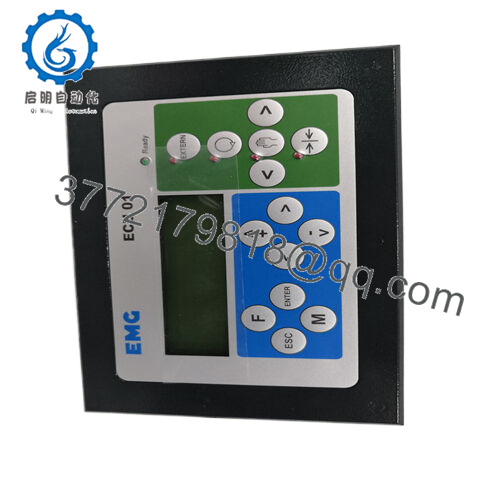
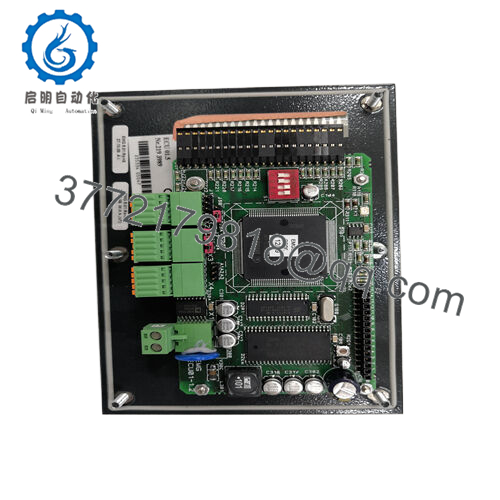
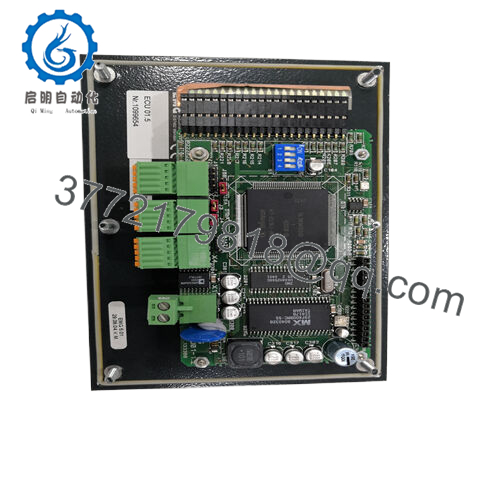
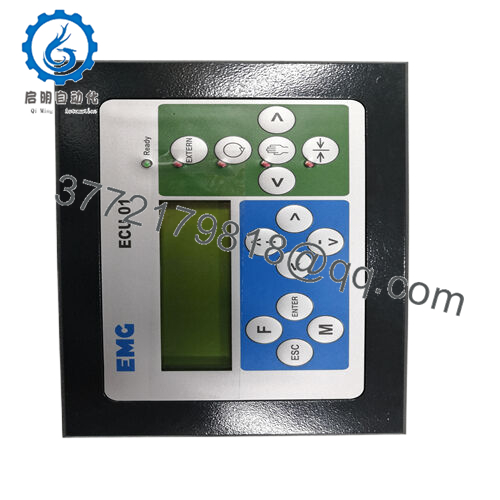
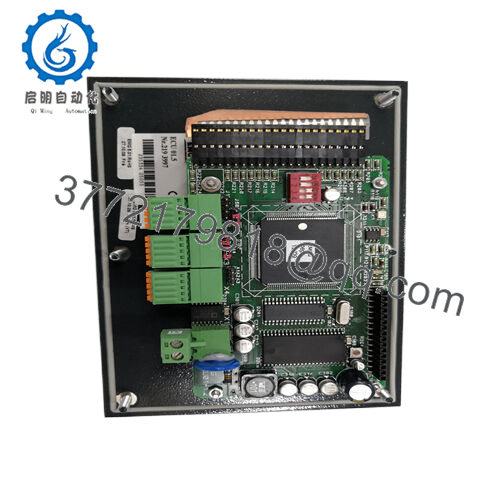
 WhatsApp: +86 16626708626
WhatsApp: +86 16626708626 Email:
Email:  Phone: +86 16626708626
Phone: +86 16626708626


